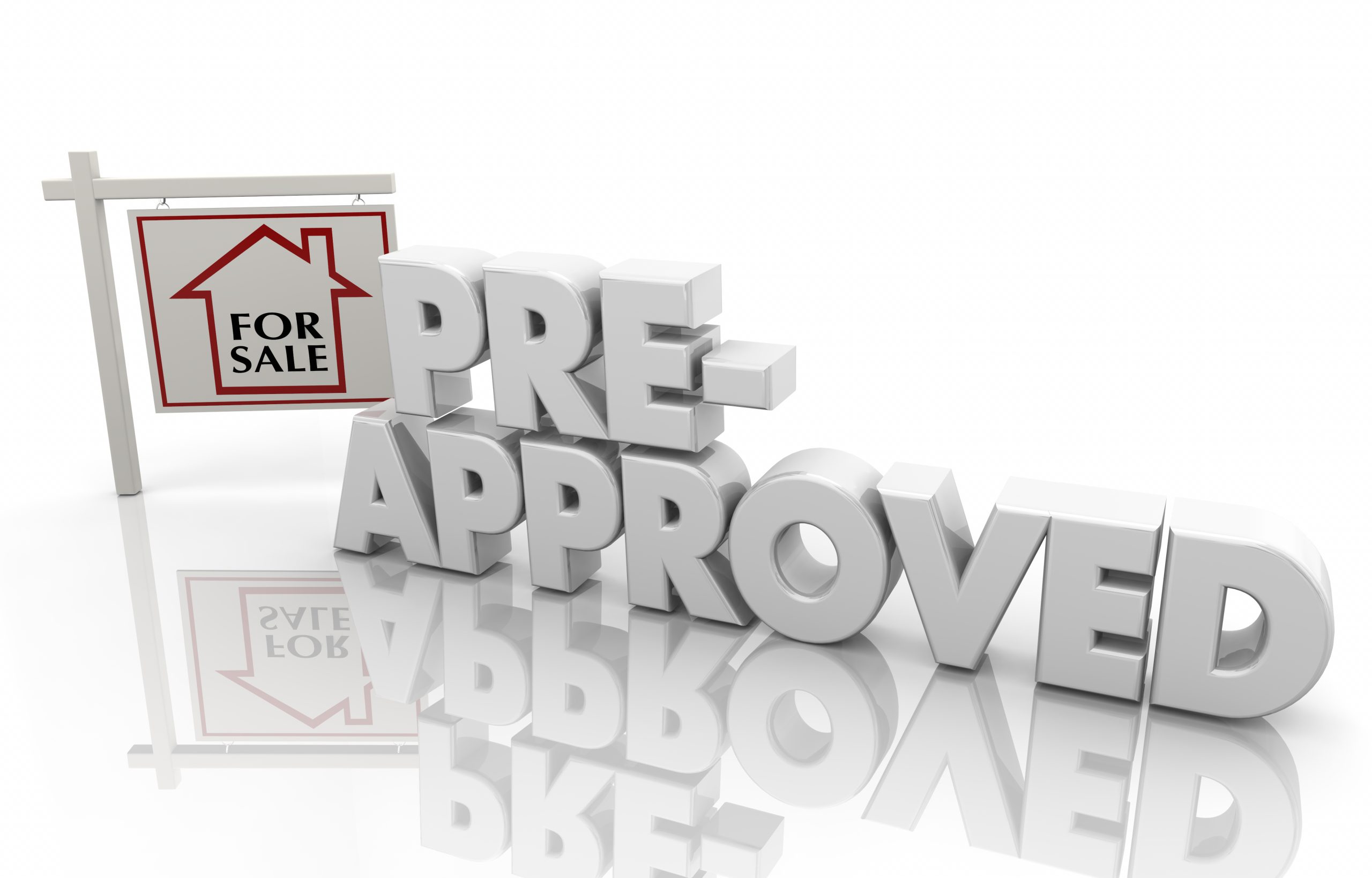Buying a home is one of the biggest financial decisions you’ll ever make—and while it’s…
What Happens If the Appraisal Comes in Low?
You found your dream home, made an offer, and got it accepted—great news! But then the appraisal comes back… and it’s lower than the purchase price. Now what?
At Rapid Home Loan, we guide homebuyers through every step of the mortgage process, including what to do if your appraisal throws a curveball. Here’s what a low appraisal means—and how you can still move forward confidently.
🏠 What Is a Home Appraisal?
A home appraisal is a professional assessment of a property’s market value, ordered by your lender to ensure the home is worth what you’ve agreed to pay. It protects both the buyer and the lender from overpaying.
Appraisals are based on:
-
Comparable sales in the area (comps)
-
Property condition
-
Square footage
-
Upgrades or renovations
📉 What Does a Low Appraisal Mean?
A low appraisal means the appraiser believes the home is worth less than the agreed-upon purchase price. For example:
-
Purchase Price: $350,000
-
Appraised Value: $330,000
-
Appraisal Gap: $20,000
Most lenders—including Rapid Home Loan—will base your loan on the appraised value, not the purchase price.
🛑 Why It’s a Problem
Lenders typically won’t finance more than the appraised value of the home. This creates a financing gap. If you’re putting down 10%, it’s now 10% of the lower appraised amount—not the price you offered.
So what can you do?
✅ 5 Ways to Handle a Low Appraisal
1. Renegotiate the Purchase Price
This is the most common (and hopeful) solution. You can ask the seller to reduce the price to match the appraised value.
➡️ Tip from Rapid Home Loan: A seller may be more willing to negotiate if the home has been sitting on the market or if they’re motivated to close quickly.
2. Pay the Difference in Cash
If you really want the home and the seller won’t budge, you can cover the appraisal gap out of pocket. In the example above, that would mean bringing an additional $20,000 to closing.
➡️ Keep in mind: This is on top of your down payment and closing costs.
3. Challenge the Appraisal
If you believe the appraisal was inaccurate, you can ask your lender to request a reconsideration of value (ROV). You’ll need to provide:
-
Better comparable sales
-
Evidence of overlooked upgrades or features
-
Recent neighborhood changes
➡️ Rapid Home Loan Tip: We help clients review and dispute low appraisals when there’s a strong case to be made.
4. Request a New Appraisal (if applicable)
In rare cases, you may be able to order a second appraisal, but this depends on the loan type and lender policies. It’s more common in jumbo loans or VA loan scenarios.
5. Walk Away (as a Last Resort)
If there’s no way to bridge the gap and the contract allows it, you may choose to cancel the deal. Most purchase agreements include an appraisal contingency that protects your earnest money if the appraisal is too low.
🧭 How Rapid Home Loan Helps
Dealing with a low appraisal can be stressful, but you’re not alone. At Rapid Home Loan, we:
-
Educate buyers about the appraisal process upfront
-
Offer personalized strategies to navigate appraisal gaps
-
Work directly with appraisers and real estate agents to keep deals on track
-
Help you decide whether to renegotiate, pay the gap, or challenge the value





